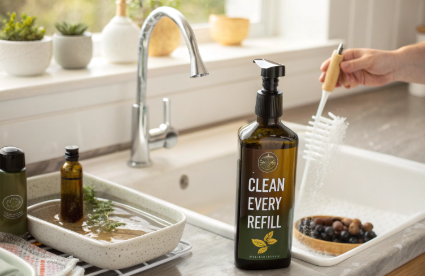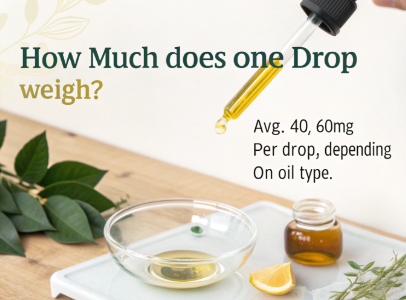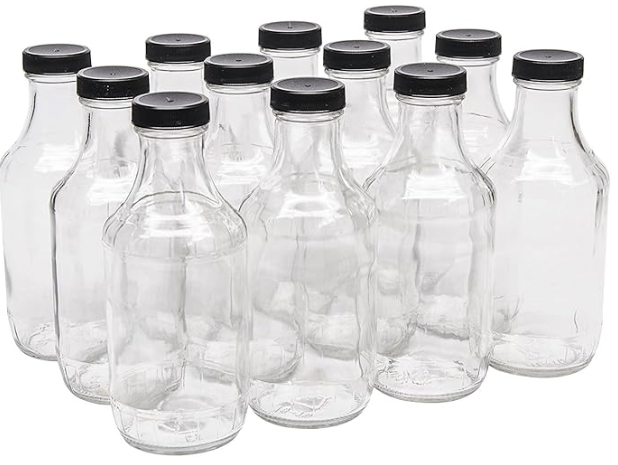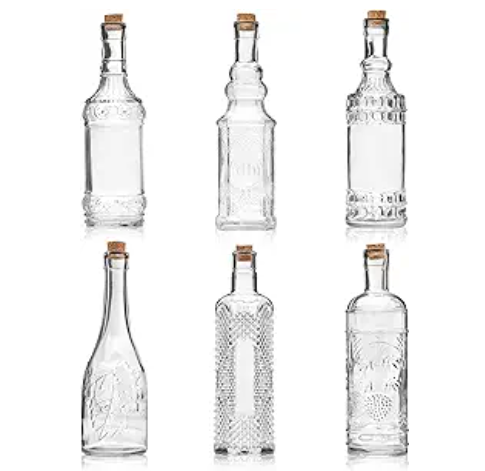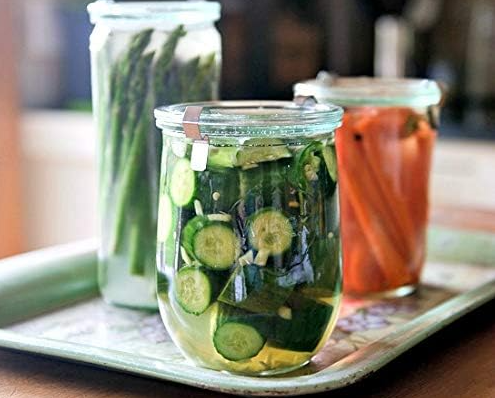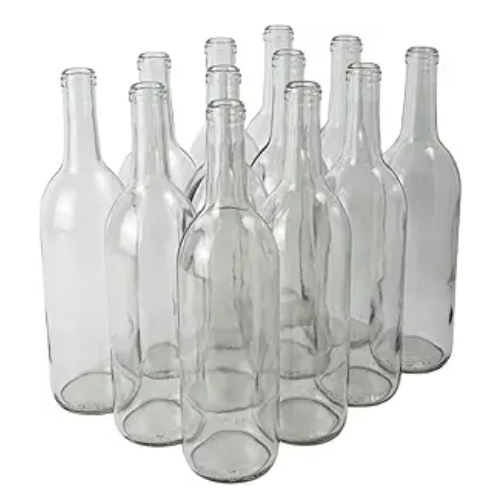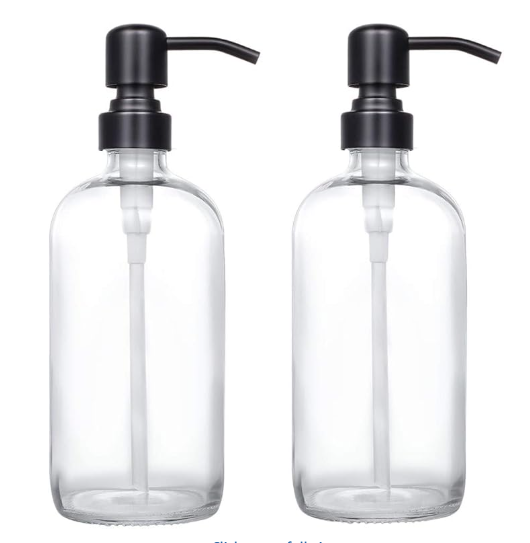Precision is everything in essential oil usage—especially when formulating blends, measuring dosages, or calculating costs. But when recipes call for “drops” and suppliers list in milliliters or grams, confusion kicks in. So, how many milligrams are in one drop?
One drop of essential oil weighs approximately 40 to 60 milligrams (mg), depending on the oil's density. The average estimate is around 50mg per drop.
Let’s explore how oil type, viscosity, and measurement method affect weight per drop—and how to apply this in real-world formulations.
How much is one drop of essential oil?
One drop doesn’t sound like much—until you try to scale a blend.
One drop of essential oil is roughly 0.05 milliliters (ml), which weighs around 40–60 milligrams (mg) depending on the oil's density.
Dive Deeper: From Drop to Weight
Essential oils have varying densities—some are heavier than water, some lighter.
| Oil Type | Approx. Density (g/ml) | Estimated Weight per Drop (mg) |
|---|---|---|
| Lavender | 0.89 | ~44.5 mg |
| Lemon | 0.85 | ~42.5 mg |
| Sandalwood | 0.97 | ~48.5 mg |
| Vetiver (thick) | 1.00+ | ~50–60 mg |
At PauPack, we help clients translate drop counts into grams or milliliters for accurate filling, labeling, and cost forecasting—especially important in regulated or premium skincare applications.
How many drops of oil is 1 gram?
Converting weight to drops isn’t one-size-fits-all—but averages help.
1 gram of essential oil contains approximately 20 to 25 drops, depending on the oil’s viscosity and dropper orifice.
Dive Deeper: The Drop-to-Gram Math
Using the average drop volume of 0.05 ml, and assuming an average essential oil density of 0.9g/ml:
-
1 ml ≈ 20 drops
-
1 ml ≈ 0.9g
-
Therefore, 1g ≈ 22–25 drops
| Weight (g) | Estimated Drops |
|---|---|
| 0.5g | 11–13 drops |
| 1g | 22–25 drops |
| 2g | 44–50 drops |
Our dropper bottles at PauPack are engineered for precision dosing, allowing consistent delivery across different bottle sizes and oils.
What is the 30 50 20 rule for essential oils?
Great blends start with balance.
The 30/50/20 rule is a guideline for blending essential oils by aroma profile: 30% top notes, 50% middle notes, and 20% base notes. It helps create a well-rounded scent.
Dive Deeper: Blend Structure Meets Measurement
Once you know how many mg are in a drop, you can calculate exactly how much of each note to include:
Example for a 1g blend (≈ 22 drops):
-
Top notes (30%) = ~6–7 drops
-
Middle notes (50%) = ~11 drops
-
Base notes (20%) = ~4–5 drops
Blending by weight instead of volume offers even more control, especially in premium perfumery or therapeutic applications. PauPack offers dropper solutions with mg-to-drop flow specs to make blending easier and more accurate.
How much is 25 drops of essential oil?
Time to scale up.
25 drops of essential oil equals approximately 1.25 ml in volume, or around 1.1 to 1.2 grams in weight, depending on the oil type.
Dive Deeper: Application Scenarios
| Drop Count | Volume (ml) | Weight (g) |
|---|---|---|
| 25 drops | ~1.25 ml | ~1.1–1.2 g |
| 50 drops | ~2.5 ml | ~2.2–2.4 g |
| 100 drops | ~5 ml | ~4.5–4.8 g |
This is particularly useful when:
-
Designing roller blends (10ml bottle = ~200 drops)
-
Creating starter kits
-
Budgeting raw material costs
At PauPack, we calibrate our dropper systems to ensure consistent dosing flow, especially for professional use where accuracy = credibility.
Conclusion
A drop of essential oil may only weigh about 50mg—but knowing this helps you blend smarter, fill bottles more accurately, and control costs. At PauPack, we help brands take the guesswork out of dosing with precision packaging solutions that make every milligram count.




